The latest edition of “Architizer: The World’s Best Architecture” — a stunning, hardbound book celebrating the most inspiring contemporary architecture from around the globe — is now available for pre-order. Secure your copy today.
At Future Fest 2024, renowned photographer Ema Peter and Deepak Gugarii of Studio VDGA shared their experiences working together on The House of Courtyards, a project that landed on the cover of the Architizer: The World’s Best Architecture book this year. Their collaboration exemplifies the importance of architects and photographers working closely together, ensuring that the heart of the design is captured and communicated.
In today’s world, where architecture is often first experienced through photography, how a building is portrayed has never been more important. So hearing directly from Ema on this was especially valuable for architects looking to tell their story through imagery. Throughout her talk, Ema drew on her many years of collaborating with architects, sharing insightful and elegant nuggets of wisdom that ask everyone in the industry to think a little deeper about the term ‘photograph’ — as a verb that can and should be a collaborative endeavor and as a noun, capable of communicating not only a constructed reality but also design philosophies, atmospheric power and more.
Without further ado, we want to share a few key lessons from Ema’s talk — (of course, you can watch the full talk too!).
1. On ego and letting go:

BlackCliff House by Mcleod Bovell Modern Houses, West Vancouver, Canada | Photo by Ema Peter Photography
“What I learned recently is the moment you forget about your own ego, your own sense of rightfulness, you can really explore the world through the eyes of someone else. For many years I felt that my goal was to capture the light the way I see it, I thought I was always right in my approaches.
“But, in the last little while, I have learned that in my collaboration with architects, I can actually allow myself to see through other people’s eyes. I used to get quite frustrated when someone touched my camera and directed me. I would get really upset when someone touched my camera! Now, I’ve started welcoming it, which is a huge change.”
2. On the thought process of architectural photographers:
“ [When shooting] I want to tell the story but also I see the business side… what is the target market, what publications the project will eventually end up in, what is the best approach to tell the story, how to make impactful images, what can make a good cover.
But, the key is to create impactful image and, most importantly, images that can stop people for a second, because this is what we need at the moment in this visually changing environment where we are bored of the constant flow of images, almost desensitized.”
3. On famous architect-photographer duos:
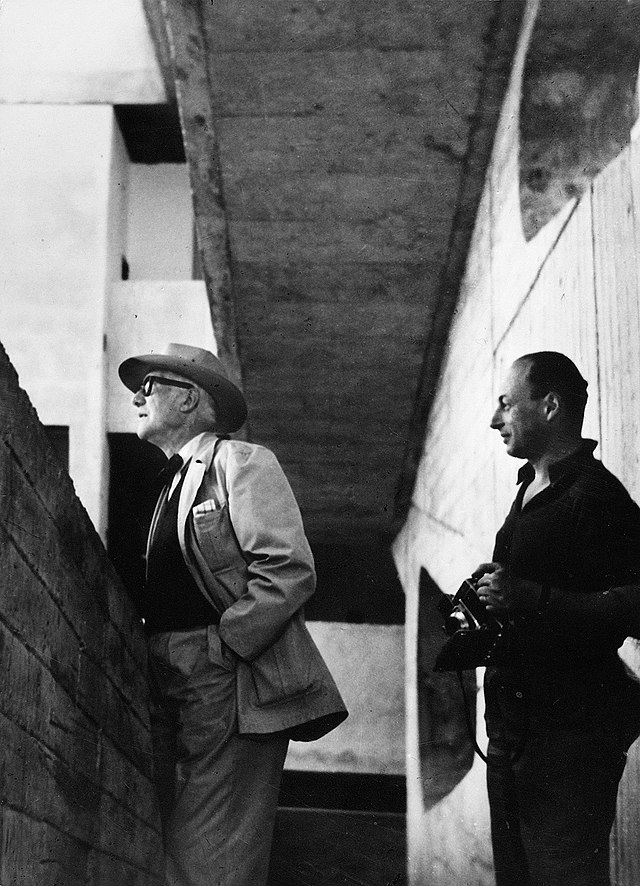
Lucien Hervé / Le Corbusier, marked as public domain, on Wikimedia Commons.
“I often think about great love stories or collaborations between artists and writers. How much did Fitzgerald learn being around Gertrude Stein or through his close relationship with Hemingway? What was Rodin’s influence on Camille Claudel? How did the presence of Giulietta Masina, the muse of Fellini, change the way he saw the world?
The collaboration I would really want to talk about is Le Corbusier’s and his photographer Lucien Hervé. In 1949, the self-taught photographer went and did 650 photographs in Marseille at Unité d’Habitation, a housing complex by Corbusier and sent them to him. He said, ‘For 40 years I’ve been looking for a photographer able to express architecture.’ He had finally found him in Hervé. The two men worked together for the next 16 years — some of Le Corbusier’s most fruitful — until the architect’s death in 1965.”
4. On photography in the past and taking it slow:
“What I love about those days, when life moved so much slower, is that they couldn’t review the images immediately like we do today. Hervé did contact sheets, narrowed them down, put them in an album and then they sat down and reviewed the album together. It wasn’t just their collaboration and travels together that were interesting, but also their editorial choices.
How did they select an image? Why that image? It really reminded me of the times I had to go through Bresson’s contact sheets to see how he found the decisive moment. It is simple — it’s about choosing the moments in time that speak visually to both the architect and the photographer.”
5. On why architects need to be present during the shoot:
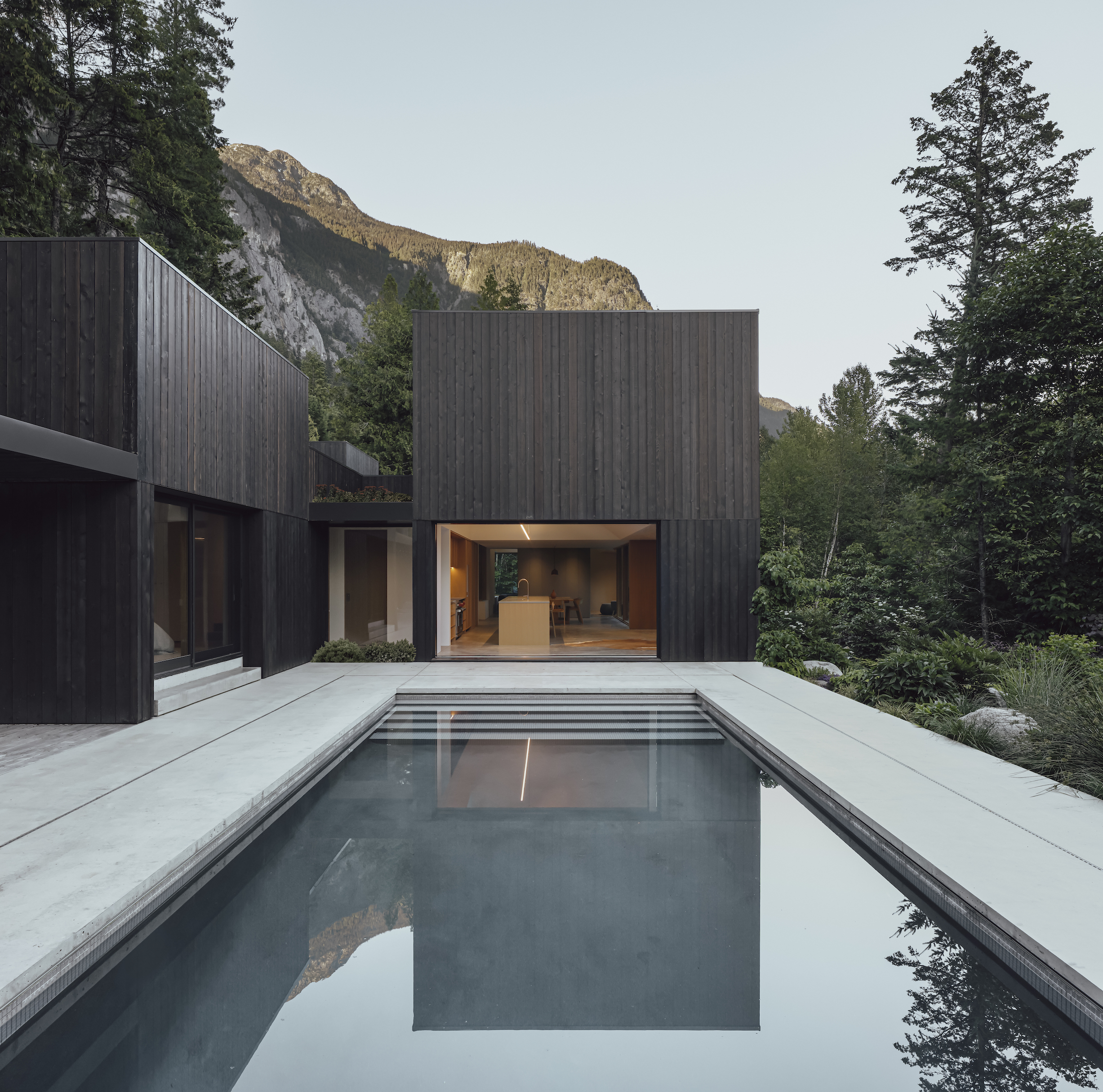
Camera House by Leckie Studio Architecture + Design, Pemberton, Canada | Photo by Ema Peter Photography
“A good friend and architect I’ve worked with for years, Michael Leckie, told me something that was very impactful for me. He said, ‘The world sees my work through your eyes.’ I want to repeat this because it has a big impact — the world sees the architect’s work through the eyes of the photographer.
This is why collaboration is so important and time has to be spent to understand the direction, the story, the concept and how to capture it in shots. So much of this is lost when we go and photograph on our own, sent by marketing teams, without the chance to communicate with the person who put their life and soul into the project.”
6. On building long-term partnerships:
“One of our most well-known Canadian architects, John Patkau, works with his photographer James Dow for 40 years. They sit and wait for the light together. He told me that sometimes they sit for hours to capture one shot… If you ask me, I would love to grow old with the people I work with and be able to understand their world so well that we do not need to talk. Just with one look, with one movement, we can achieve symbiosis and still find things to challenge each other.”
7. On creative differences and leaving the comfort zone:
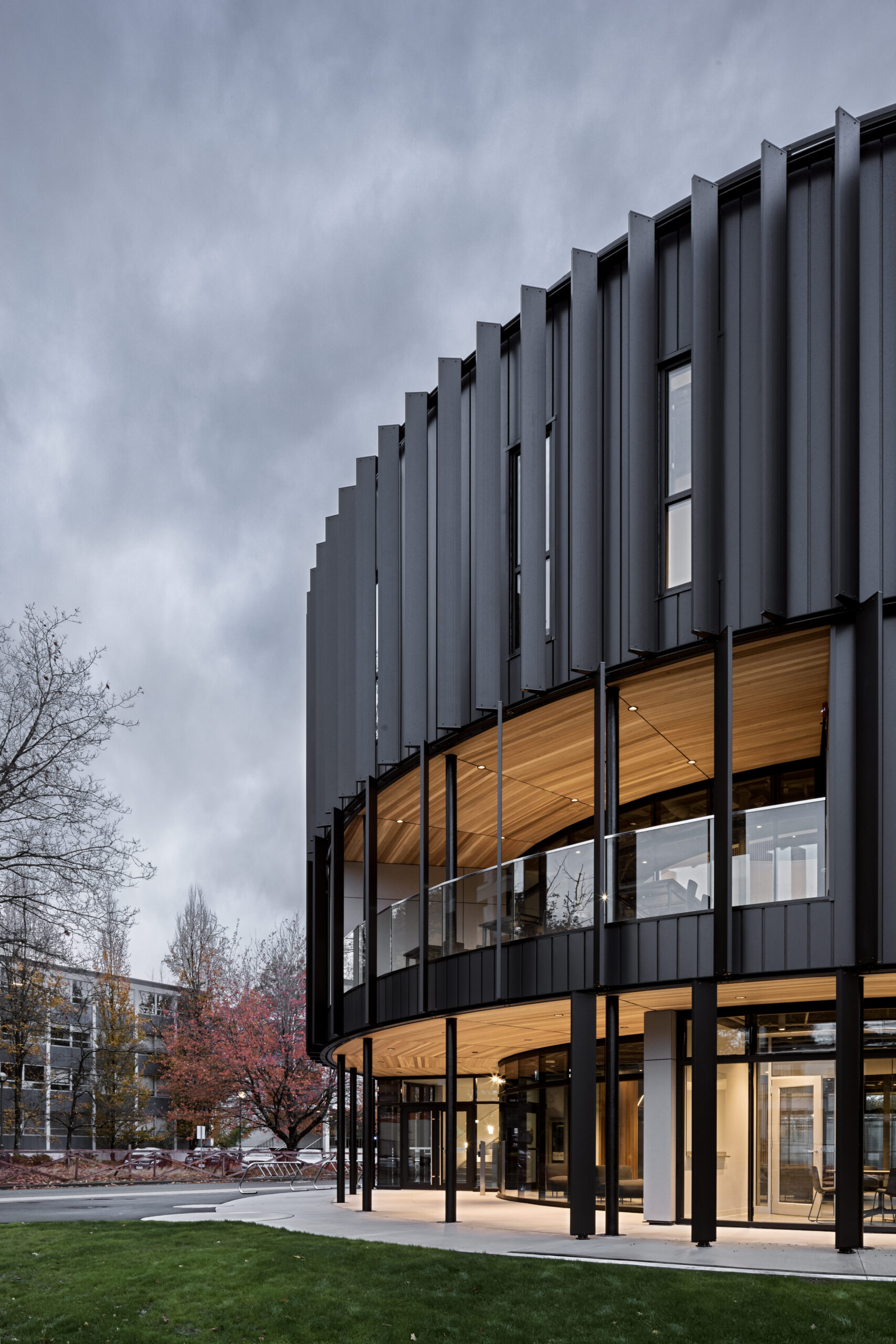
University of British Columbia Arts Student Center by Leckie Studio Architecture + Design, Pemberton, Canada | Photo by Ema Peter Photography
“Some of the strongest collaborations I have had are with people that really push me, people that we do not see eye to eye with in the beginning… but they are the people that drive you forward. I feel these are the collaborations that give you knowledge you did not have.”
“Michael Leckie made me realize that I can absolutely photograph no matter how pouring rain it is. Prior to working with him, everyone I worked with in Canada wanted the perfect sky and sunny day, but that’s hardly achievable in Vancouver with 6 months of rain. I absolutely opposed it in the beginning… but the moment when you are driving towards a shoot and wondering, ‘What am I doing?’ is also a pivotal moment. It’s when you realize you have not reached even 1% of your creative potential.”
8. On how photography reveals a building’s true voice:
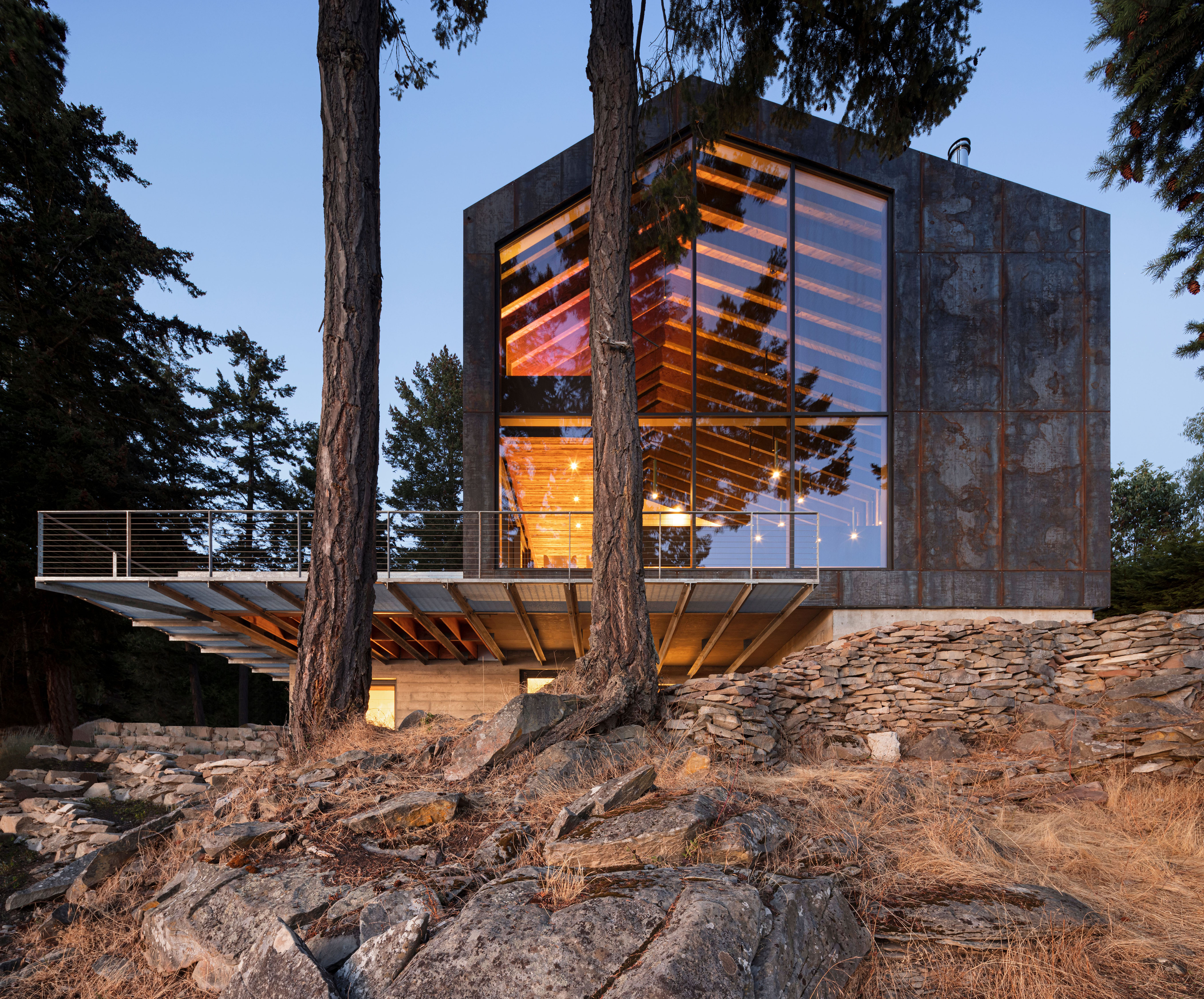
Shor House by Measured Architecture Inc., Mayne Island, Canada | Photo by Ema Peter Photography
“Recently, I was sitting on the terrace of this amazing project by Measured Architecture with one of their principals, Clinton Cuddington. We discussed photography, art, music and philosophy after a very long day of shooting.
I asked him about the importance of the collaboration between the photographer and the architect and he told me this: ‘If an architect can surrender to the photographer and allow her (he said her, just saying) to find the space through the lens, then an architect can learn how the building speaks without their voice present.”
9. On books about architectural photography:
“One book that he [Clinton Cuddington] recommended to me was Judith Turner’s Photographing Five Architects. She saw architecture in a completely different way. Her focus on details—shadow and light—makes you question: What is the reality of architecture? What dialogue happens between the observer and the subject? It’s art. I always try to capture reality, but there is room for both, though deadlines today leave less time for this artistic approach.”
10. On finding the key shots:
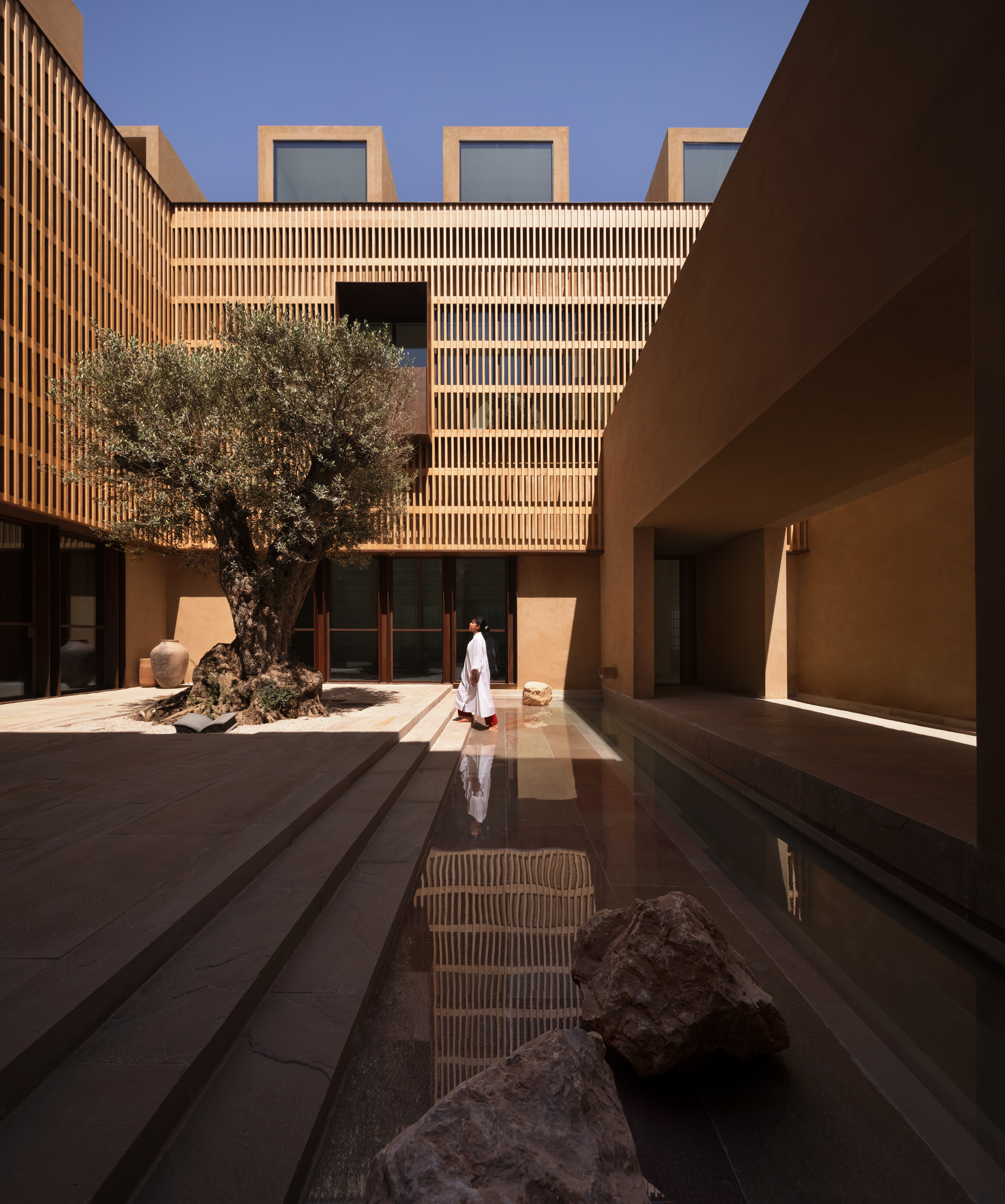
The House of Courtyards by VDGA – Varsha and Deepak Guggari Architects, Dubai, UAE | Photo by Ema Peter Photography
“At this stage of my career, I’ve gotten to the point where I can clearly see where the key shots of a project could be, and once you find those, it’s important to keep exploring them in different light. For me, architecture speaks in completely divergent ways depending on the light. These are the moments where you need to make sure the architect understands what you’re doing.”
11. On architects, photographers and the public’s eye:
“We create stories, and we follow the light. What people really want is to have the sensation of being there, to feel transported into the space and want to spend time there. This is often a challenge with architects, as they want to show their clean lines and specific architectural elements, but the way architecture speaks to the public is something very different.”
12. On the architect’s role in capturing the soul of their projects:

The House of Courtyards by VDGA – Varsha and Deepak Guggari Architects, Dubai, UAE | Photo by Ema Peter Photography
“Deepak had spent years studying the light and shapes of this house, so he found moments I couldn’t in the short three days I was there. This is, I feel, the level of engagement we need from architects or whoever is representing the team at the shoot — two sets of eyes, two people passionate about capturing the soul of the project in a series of moments. All these moments you see here, we experienced them together.”
13. On why collaboration matters so much:
“If there is anything that I want to take out of this talk, it is that we are all creatives and have our own visions, but we are happier as artists when we collaborate. The true freedom of expression comes from the curiosity of exploring other worlds, the fascinating worlds of our imagination.”
The latest edition of “Architizer: The World’s Best Architecture” — a stunning, hardbound book celebrating the most inspiring contemporary architecture from around the globe — is now available for pre-order. Secure your copy today.
Top image: South Haven Centre for Remembrance by Group 2 Architecture Interior Design, Edmonton, Canada | Photo by Ema Peter Photography




